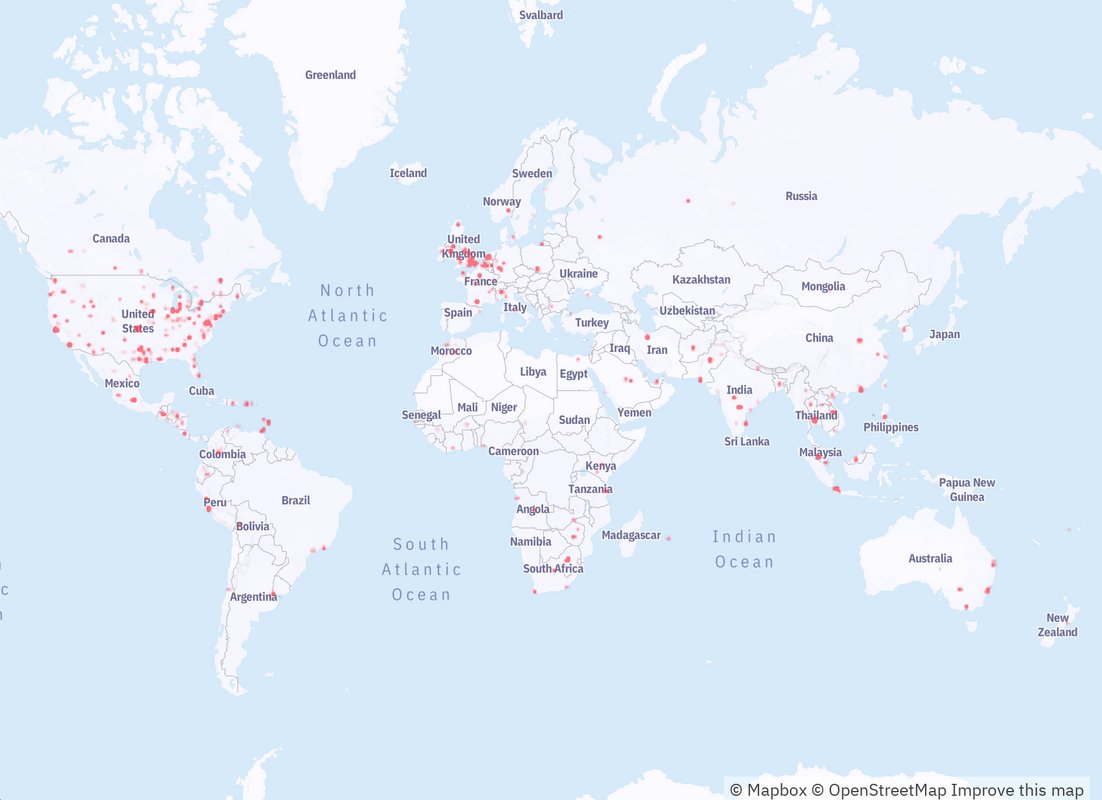

Organization leaders should point out the business impact of a cyberattack, particularly the disruption employees will experience at work as the agency works to manage the crisis. To combat security apathy among non-technical employees, agencies must go beyond tactical methods like regularly training them to change their passwords. Tech teams need to communicate what form of training can bring value to the organization, so senior leaders can prioritize skills development more strategically. Tech pros should feel empowered to push back when appropriate, and ask how specific certifications or training map back to the organization’s priorities. IT professionals are no strangers to certifications. This starts with understanding that security compromises will happen. Tech pros and the IT community at large must normalize a sense of risk aversion. Security breaches were the top macro trend impacting risk (71%).Īgencies must adopt a mentality in which even small levels of risk are unacceptable.
#SOLARWINDS WORLD MAP HOW TO#
This video will demonstrate how to add a Network Atlas map to the Orion web UI and how to re-size the map, picking up after having created the map in Network Atlas. The SolarWinds survey found 47% of respondents said their organization had medium exposure to enterprise IT risk over the past 12 months. This video (2:08) will demonstrate how to add resources to a view, rearrange resources in columns, and edit charts and graphs.
#SOLARWINDS WORLD MAP SOFTWARE#
Then, you can use SAM and other SolarWinds software performance data in Orion Maps to see dependencies more easily across your servers, processes, and devices at a glance and in real time. They must also pinpoint the impacts should the game of risk not go in the organization’s favor. With Orion Maps, you can also group entities, zoom in for more details, and assign icons to create the most informative visualizations. To help agency leaders make informed decisions about policies and technologies, government tech pros must speak the “language of the business” and present proof points to gain senior buy-in. However, a third of these leaders have difficulty convincing other leaders of this reality. The SolarWinds report found 63% believe it’s not a case of “if” but “when” a risk factor will impact them. Foster greater alignment between IT and organizational leadership For non-tech teams, not being “blind” to risk means practicing basic cyber hygiene.Ģ. IT teams must examine current processes and deploy solutions providing complete visibility into all systems. Most risk is produced by human behavior, and tech and non-tech employees must think of themselves as part of the extended security team.

Security 101 demands security to be every employee’s responsibility.

Acknowledge Security 101 is everyone’s responsibility Rather than potentially fall behind, here are five steps government agencies can take to combat security apathy and proactively manage cyber risk when we emerge from the pandemic.ġ. A new study-the SolarWinds IT Trends Report 2021-suggests, although tech pros are confident with their work from home and remote work policies, agencies are at a critical inflection point as this confidence could create complacency or lead to security failures.


 0 kommentar(er)
0 kommentar(er)
